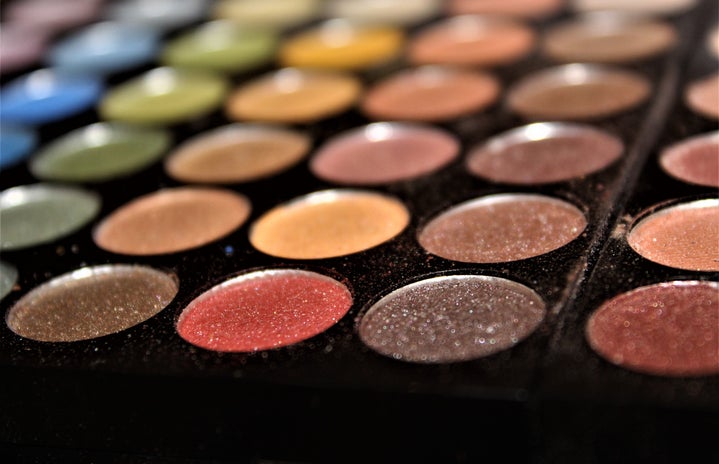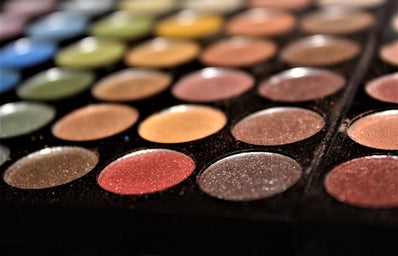Honey has the amazing property of being anti-bacterial yet soothing at the same time, which leads to a wide range of uses. Throughout this article, I will be referring to raw honeys (not heat treated or with additives).
First things first, here are some top uses for honey:
Medicinal:
Honey (especially Manuka Honey), can be used as a dressing on wounds to help clean them and prevent infection.
Spots:
I make a little bit of paste from Bicarbonate Soda with Honey, and leave it on the spot for 20 minutes. For best results, leave it on until it starts to get a bit flakey (yum, I know).
Facemasks:
Spread an adequate layer of raw honey on your face and leave it on for up to an hour. You will begin to notice your skin feeling softer, and the spots are less red in color. Also, you will smell like a sweet, honey-fied babe! The latter point is obviously what we’re going for here…
Those mentioned above are just simple ways in which honey can use for.
Others include:
~ Mixing oats and honey with a smidgen of warm water to provide an extra moisturising cleanser
~ Bicarbonate Soda and honey, like the individual spot treatment but all over the face for up to 10 minutes which helps pull out toxins and impurities and dry out pesky spots
~ Egg whites and honey for oilier skins – this helps remove excess oil and tightens the pores
Honey Real Talk (why it works in relation to your skin)
A flora of bacteria lives on your skin, and regardless of what you do, some will always reside on it. However, when large amounts of bacteria get onto your skin through damage or inflamed hair follicles, bad spots can occur. The most common type of bacteria found on skin, along with many others, is Staphylococcus epidermidis, which enjoys a neutral pH.
Honey is antibacterial, okay we know that, and intensity of antibacterial properties can be related to the type of honey and the plant it is made from. But what is it that makes it better than say, maple syrup? They are both sticky and sweet. Well, the former has considerably larger health benefits. That’s because of it’s effectively bee spit. The Glucose from the flower’s nectar is broken down into Sucrose through Glucose Oxidase (present in the bees), and Hydrogen Peroxide is formed.
This is what kills the microbes and stimulates our immune system. Hydrogen Peroxide is stable when in honey compared to when it is isolated. This means it can slowly be released at low concentrations (high concentrations cause cell death) and thus benefits you! You are an important part of the process though, because your skin affects the pH the honey is at, you raise the pH level so this process can carry on while it is on/in you. Plus you provide sodium which is important. Well done (: Thus adding an alkaline (NaHCO3- Sodium Bicarbonate) as well, you are further increasing the pH level, so the bacteria cannot survive as easily, decreasing further infection/spots around that area.
When I got my nose pierced, I developed a nasty little lump on the inside, but when I applied honey onto it, it totally shrunk and has now disappeared. I stopped cleaning it with salt water as well. Not medically advised but it worked lovely for me. If you’re looking to change your routine or just interested in a few home remedies then ask me on my email (happytorie222@hotmail.com)

